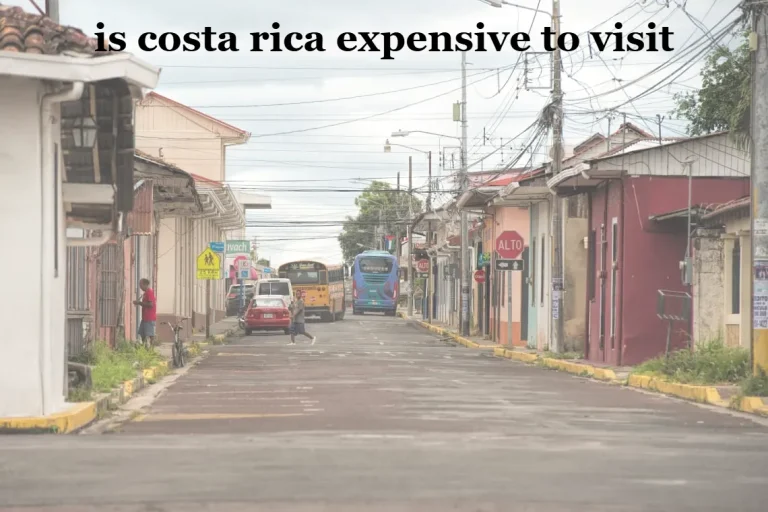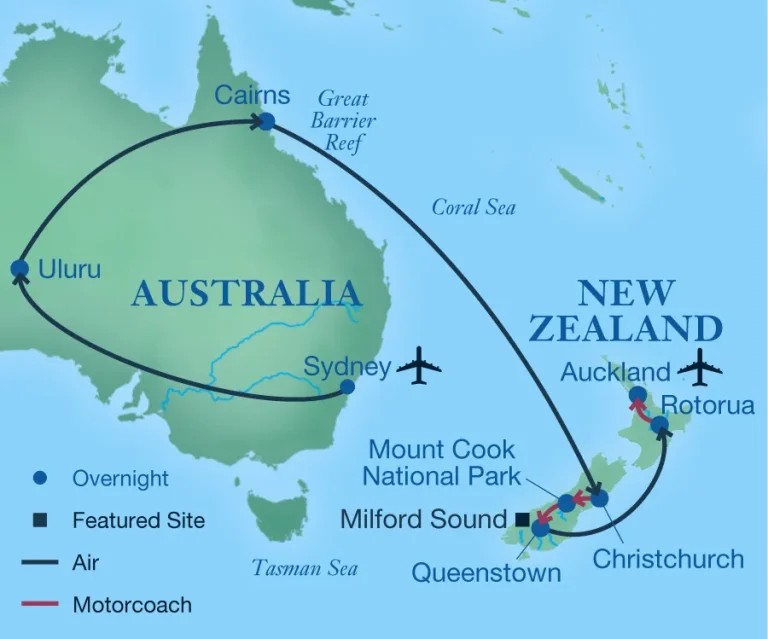Living in Puerto Rico: Cost of Living & Living Expenses in Puerto Rico
Hey there! I’m Rida Fatima, and today, I’m sharing my personal experiences living in Puerto Rico. I first visited this stunning Caribbean island a few years ago and instantly fell in love with its vibrant culture, breathtaking landscapes, and welcoming people. What started as a vacation quickly turned into my home as I decided to move here and experience life on the island full-time.
Since then, I’ve discovered the ins and outs of living in Puerto Rico. Whether you’re thinking about relocating, working remotely, or just visiting, I’m here to guide you through the reality of living on this beautiful island. From cost of living to local culture, this article will provide all the details you need to know.
The Appeal of Living in Puerto Rico
Living in Puerto Rico has been an incredibly rewarding experience for me. The island offers a unique blend of American convenience and Caribbean charm. As an unincorporated territory of the United States, Puerto Rico gives U.S. citizens the ability to live, work, and enjoy a tropical paradise while still being connected to the mainland.
What drew me to Puerto Rico was its welcoming culture and relaxed atmosphere. The island offers diverse landscapes, including stunning beaches, lush rainforests, and historic cities like Old San Juan. It’s the perfect destination for those who crave adventure, culture, and a slower pace of life.
What’s the Cost of Living in Puerto Rico?
One of the first questions I had when moving here was about the cost of living in Puerto Rico. And let me tell you, it’s a topic that varies depending on where you live and your lifestyle. While the cost of living can be lower than major U.S. cities like New York or San Francisco, it’s essential to understand the key factors that influence your expenses on the island.
Housing and Rent
One of the first things I noticed about living in Puerto Rico was the variety of housing options available. The cost of rent can differ dramatically based on your location. For example, the cost of living in San Juan, Puerto Rico’s capital, is higher than in more rural areas.
- San Juan: Rent for a one-bedroom apartment in San Juan can range from $700 to $1,200 per month depending on the neighborhood. The further you are from the tourist-heavy areas, the more affordable it gets.
- Rural Areas: In more rural regions, you can find rent as low as $500 to $800 for a one-bedroom apartment.
Groceries and Dining Out
The cost of groceries in Puerto Rico can be a bit higher than what I was used to in the mainland U.S. Many goods need to be imported, which increases their prices. However, local produce, like tropical fruits and vegetables, are generally affordable and delicious.
- Groceries: Expect to pay about $200 to $400 per month on groceries depending on your diet. Items like meat and dairy tend to be pricier than fresh produce.
- Dining Out: There are plenty of dining options, from casual eateries to high-end restaurants. A typical meal at a local restaurant costs around $10 to $20, while dining at a more upscale place can range from $25 to $50 per person.
Living Expenses in Puerto Rico: What to Expect
In addition to rent and food, there are a few other living expenses that are important to consider when moving to Puerto Rico.
Utilities
Utility costs in Puerto Rico can vary based on the size of your home and location.
- Electricity: Electricity is often the biggest expense, especially during the hot summer months when you’ll need air conditioning. On average, expect to pay $100 to $200 per month, but it can be higher if you’re using A/C regularly.
- Internet and Cable: High-speed internet is widely available and usually costs around $50 to $100 per month. If you plan to have cable television, expect an additional $30 to $60 per month.
Transportation
Puerto Rico doesn’t have a comprehensive public transportation system, so owning a car is often necessary. Gas prices are comparable to the U.S. mainland, with costs ranging from $3 to $4 per gallon.
- Car Insurance: Expect to pay $100 to $150 per month for car insurance, depending on your coverage.
- Public Transportation: If you rely on buses, the cost is minimal, with fares around $1 to $2 for a single ride.
A Look at the Local Culture and Lifestyle
Living in Puerto Rico isn’t just about the cost of living – it’s about embracing the island’s vibrant culture and laid-back lifestyle. Puerto Ricans are known for their warmth and hospitality, which made my transition here much easier.
- Music and Dance: The island has a rich musical heritage, from salsa to reggaeton, and you’ll often find live music at local bars and festivals.
- Festivals and Events: Puerto Rico is known for its lively festivals, including the San Sebastián Street Festival in Old San Juan and the Fiestas de la Calle San Sebastián. These are incredible events that showcase local art, music, and culture.
- Outdoor Activities: The island’s natural beauty is one of its biggest draws. Whether you’re hiking in El Yunque National Forest, surfing in Rincon, or lounging on the beaches, Puerto Rico offers endless outdoor activities.
The Benefits of Living in Puerto Rico for Americans
As an American, one of the benefits of living in Puerto Rico is that you don’t need a visa or work permit to live and work here. You still pay federal taxes, but Puerto Rico has its own tax system, which can be advantageous for those looking to reduce their tax burden.
Tax Incentives
Puerto Rico offers some attractive tax incentives for both businesses and individuals. For example, the Act 60 tax incentive program, also known as the Puerto Rico Tax Incentives Code, provides benefits to investors and businesses looking to establish themselves on the island.
- Individual Benefits: Residents of Puerto Rico can benefit from tax exemptions on interest and dividends from Puerto Rican sources.
- Business Incentives: Businesses can benefit from reduced corporate taxes, which can be a huge draw for entrepreneurs and remote workers.
The Cost of Living in San Juan vs. Rural Puerto Rico
San Juan is the most populated area of Puerto Rico and is the economic hub of the island. As a result, living expenses here tend to be higher, particularly when it comes to housing and dining. However, if you prefer a quieter lifestyle, rural areas of Puerto Rico offer lower rent and a more peaceful environment.
- San Juan: The cost of living in San Juan can be around 15% to 25% higher than in rural areas.
- Rural Areas: Outside of San Juan, rent and dining costs are more affordable, making it easier to enjoy the island without breaking the bank.
Conclusion: Is Living in Puerto Rico Right for You?
Living in Puerto Rico offers a unique opportunity to experience the best of both worlds: the conveniences of the U.S. with the charm of a Caribbean island. Whether you’re drawn to the beautiful landscapes, the vibrant culture, or the financial incentives, Puerto Rico has something for everyone.
If you’re considering a move to Puerto Rico, understanding the cost of living and living expenses will help you plan your move more effectively. From housing and groceries to transportation and utilities, the costs are manageable, and the lifestyle is one of the best in the Caribbean.


